Set in Java
Set in Java In Java, the set is an interface that belongs to java.util package. The Set interface extends the Collection interface. An unordered collection or list in which duplicates are not allowed is referred to as a Collection interface. The set interface is used to create the mathematical set. The set interface use collection interface's methods to avoid the insertion of the same elements. SortedSet and NavigableSet are two interfaces that extend the set implementation. import java.util.*; public class SetExample1{ public static void main(String[] args) { // creating LinkedHashSet using the Set Set data = new LinkedHashSet(); data.add("JavaTpoint"); data.add("Set"); data.add("Example"); data.add("Set"); System.out.println(data); } } Set Methods There are several methods available in the Set interface which we can use to perform a certain operation on our sets. These methods are as follows: 1) Set.add() Method The add() method insert a new value to the set. The method returns true and false depending on the presence of the insertion element. It returns false if the element is already present in the set and returns true if it is not present in the set. data.add(31); ** 2) Set.addAll() Method** The addAll() method appends all the elements of the specified collection to the set. Syntax: boolean addAll(Collection data) import java.io.*; import java.util.*; class SetExample4 { public static void main(String args[]) { Set data = new LinkedHashSet(); data.add(31); data.add(21); data.add(41); System.out.println("Set: " + data); ArrayList newData = new ArrayList(); newData.add(91); newData.add(71); newData.add(81); data.addAll(newData); System.out.println("Set: " + data); } } 3) Set.clear() Method The method removes all the elements from the set. It doesn't delete the reference of the set. It only deletes the elements of the set. Syntax: void clear() import java.io.*; import java.util.*; public class SetExample5 { public static void main(String args[]) { Set data = new LinkedHashSet(); data.add(31); data.add(21); data.add(41); System.out.println("Set: " + data); data.clear(); System.out.println("The final set: " + data); } } 4) Set.contains() Method The contains() method is used to know the presence of an element in the set. Its return value is true or false depending on the presence of the element. Syntax: boolean contains(Object element) 5) Set.containsAll() Method The method is used to check whether all the elements of the collection are available in the existing set or not. It returns true if all the elements of the collection are present in the set and returns false even if one of the elements is missing in the existing set. Syntax: public boolean containsAll(Collection data) import java.io.*; import java.util.*; class SetExample6 { public static void main(String args[]) { Set data = new LinkedHashSet(); data.add(31); data.add(21); data.add(41); data.add(51); data.add(11); data.add(81); System.out.println("Set: " + data); System.out.println("Does the Set contains '91'?" + data.contains(91)); System.out.println("Does the Set contains 'javaTpoint'? " + data.contains("4")); System.out.println("Does the Set contains '51'? " + data.contains(51)); } } 6) Set.hashCode() Method The method is used to derive the hash code value for the current instance of the set. It returns hash code value of integer type. Syntax: public int hashCode() 7) Set.isEmpty() Method The isEmpty() method is used to identify the emptiness of the set . It returns true if the set is empty and returns false if the set is not empty. Syntax: boolean isEmpty() 8) Set.iterator() Method The iterator() method is used to find the iterator of the set. The iterator is used to get the element one by one. Syntax: Iterator iterate_value = set1.iterator(); 9) Set.remove() Method The method is used to remove a specified element from the Set. Its return value depends on the availability of the element. It returns true if the element is available in the set and returns false if it is unavailable in the set. Syntax: boolean remove(Object O
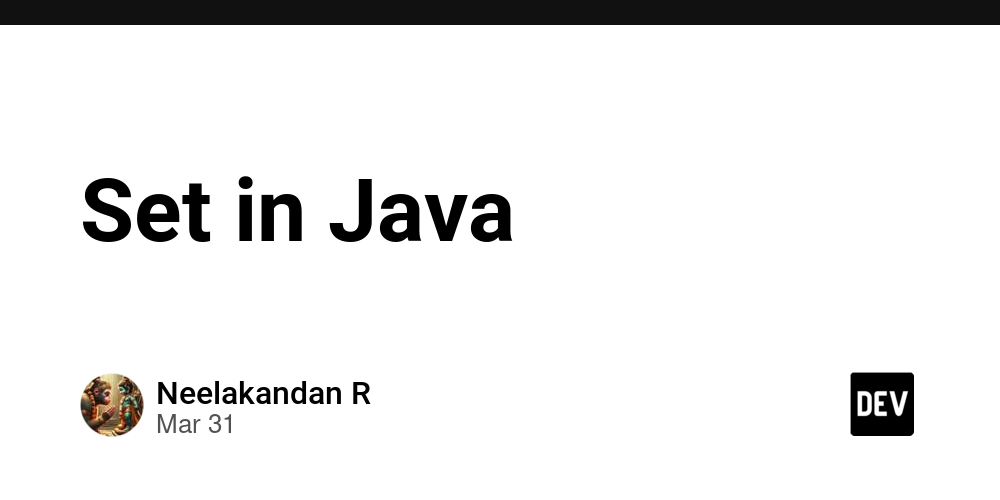
Set in Java
In Java, the set is an interface that belongs to java.util package. The Set interface extends the Collection interface. An unordered collection or list in which duplicates are not allowed is referred to as a Collection interface. The set interface is used to create the mathematical set. The set interface use collection interface's methods to avoid the insertion of the same elements. SortedSet and NavigableSet are two interfaces that extend the set implementation.
import java.util.*;
public class SetExample1{
public static void main(String[] args)
{
// creating LinkedHashSet using the Set
Set data = new LinkedHashSet();
data.add("JavaTpoint");
data.add("Set");
data.add("Example");
data.add("Set");
System.out.println(data);
}
}
Set Methods
There are several methods available in the Set interface which we can use to perform a certain operation on our sets. These methods are as follows:
1) Set.add() Method
The add() method insert a new value to the set. The method returns true and false depending on the presence of the insertion element. It returns false if the element is already present in the set and returns true if it is not present in the set.
data.add(31);
** 2) Set.addAll() Method**
The addAll() method appends all the elements of the specified collection to the set.
Syntax:
boolean addAll(Collection data)
import java.io.*;
import java.util.*;
class SetExample4 {
public static void main(String args[])
{
Set data = new LinkedHashSet();
data.add(31);
data.add(21);
data.add(41);
System.out.println("Set: " + data);
ArrayList newData = new ArrayList();
newData.add(91);
newData.add(71);
newData.add(81);
data.addAll(newData);
System.out.println("Set: " + data);
}
}
3) Set.clear() Method
The method removes all the elements from the set. It doesn't delete the reference of the set. It only deletes the elements of the set.
Syntax:
void clear()
import java.io.*;
import java.util.*;
public class SetExample5 {
public static void main(String args[])
{
Set data = new LinkedHashSet();
data.add(31);
data.add(21);
data.add(41);
System.out.println("Set: " + data);
data.clear();
System.out.println("The final set: " + data);
}
}
4) Set.contains() Method
The contains() method is used to know the presence of an element in the set. Its return value is true or false depending on the presence of the element.
Syntax:
boolean contains(Object element)
5) Set.containsAll() Method
The method is used to check whether all the elements of the collection are available in the existing set or not. It returns true if all the elements of the collection are present in the set and returns false even if one of the elements is missing in the existing set.
Syntax:
public boolean containsAll(Collection data)
import java.io.*;
import java.util.*;
class SetExample6 {
public static void main(String args[])
{
Set data = new LinkedHashSet();
data.add(31);
data.add(21);
data.add(41);
data.add(51);
data.add(11);
data.add(81);
System.out.println("Set: " + data);
System.out.println("Does the Set contains '91'?" + data.contains(91));
System.out.println("Does the Set contains 'javaTpoint'? " + data.contains("4"));
System.out.println("Does the Set contains '51'? " + data.contains(51));
}
}
6) Set.hashCode() Method
The method is used to derive the hash code value for the current instance of the set. It returns hash code value of integer type.
Syntax:
public int hashCode()
7) Set.isEmpty() Method
The isEmpty() method is used to identify the emptiness of the set . It returns true if the set is empty and returns false if the set is not empty.
Syntax:
boolean isEmpty()
8) Set.iterator() Method
The iterator() method is used to find the iterator of the set. The iterator is used to get the element one by one.
Syntax:
Iterator iterate_value = set1.iterator();
9) Set.remove() Method
The method is used to remove a specified element from the Set. Its return value depends on the availability of the element. It returns true if the element is available in the set and returns false if it is unavailable in the set.
Syntax:
boolean remove(Object O)
10) Set.removeAll() Method
The method removes all the elements of the existing set from the specified collection.
Syntax:
public boolean removeAll(Collection data)
11) Set.size() Method
The method returns the size of the set.
Syntax:
int size()
Common Set Implementations
HashSet: HashSet is one of the most commonly used Set implementations in Java. It uses a hash table for storage and provides constant-time performance for basic operations like add, remove, and contains. However, it does not guarantee the order of elements.
TreeSet: TreeSet is an implementation of the Set interface that uses a Red-Black tree for storage. It maintains elements in sorted order that makes it suitable for scenarios where elements need to be accessed in a sorted manner.
*LinkedHashSet: *LinkedHashSet is a hybrid data structure that combines a hash table with a linked list. It maintains a predictable iteration order that is the order in which elements were inserted into the set.











































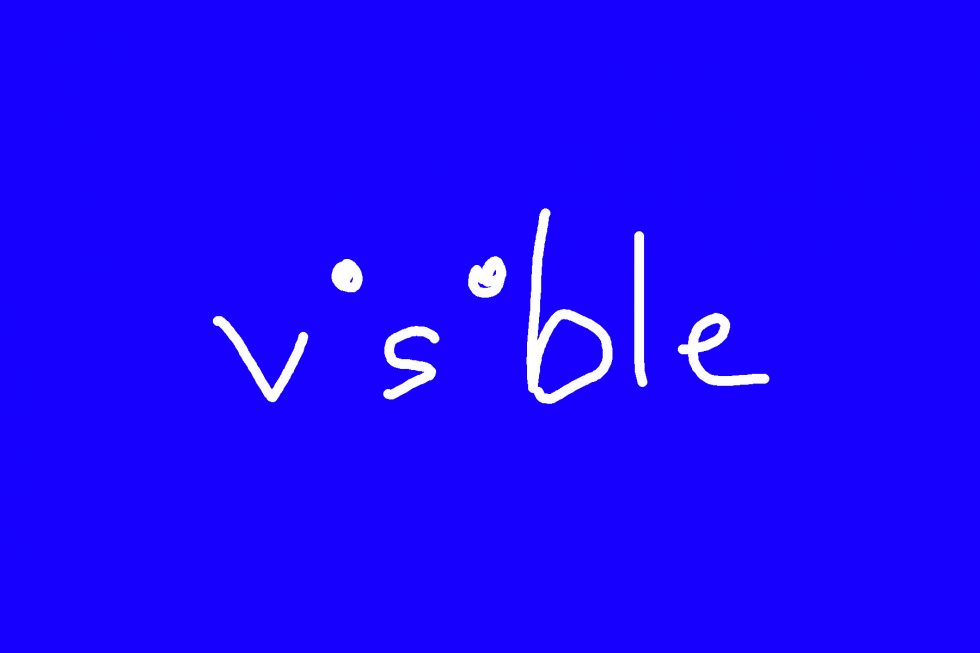




















![Nomad Goods Launches 15% Sitewide Sale for 48 Hours Only [Deal]](https://www.iclarified.com/images/news/96899/96899/96899-640.jpg)


![Apple Watch Series 10 Prototype with Mystery Sensor Surfaces [Images]](https://www.iclarified.com/images/news/96892/96892/96892-640.jpg)



























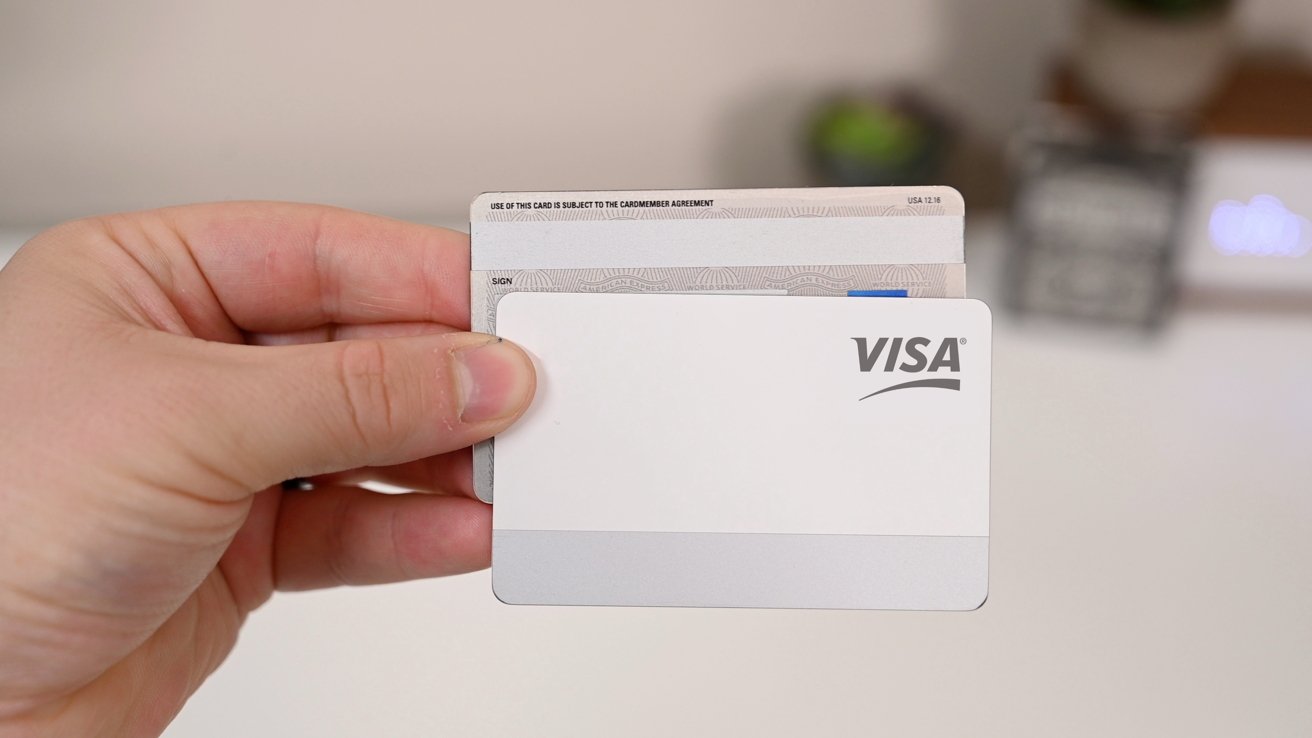



























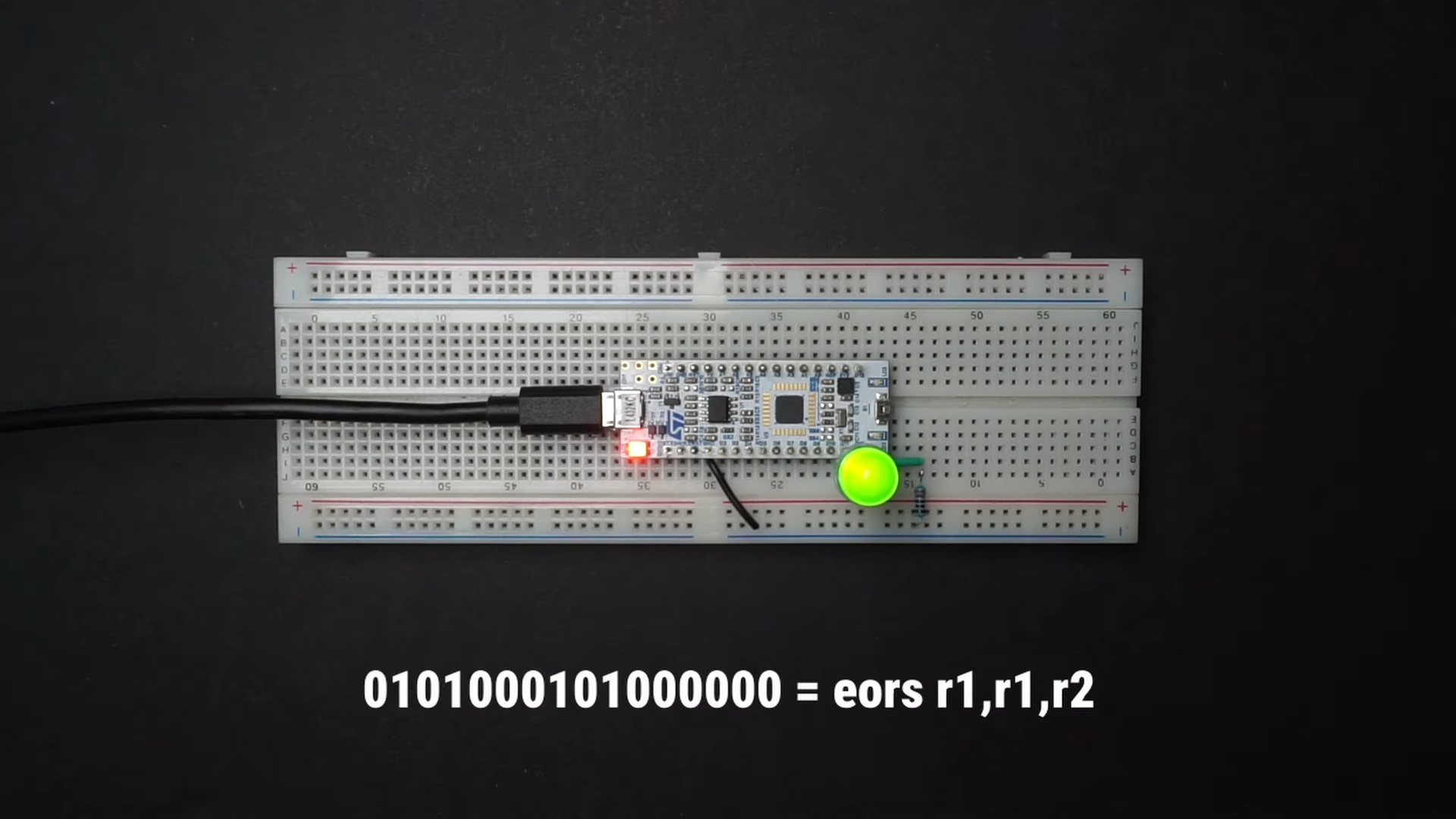































































































































![[The AI Show Episode 142]: ChatGPT’s New Image Generator, Studio Ghibli Craze and Backlash, Gemini 2.5, OpenAI Academy, 4o Updates, Vibe Marketing & xAI Acquires X](https://www.marketingaiinstitute.com/hubfs/ep%20142%20cover.png)






















































































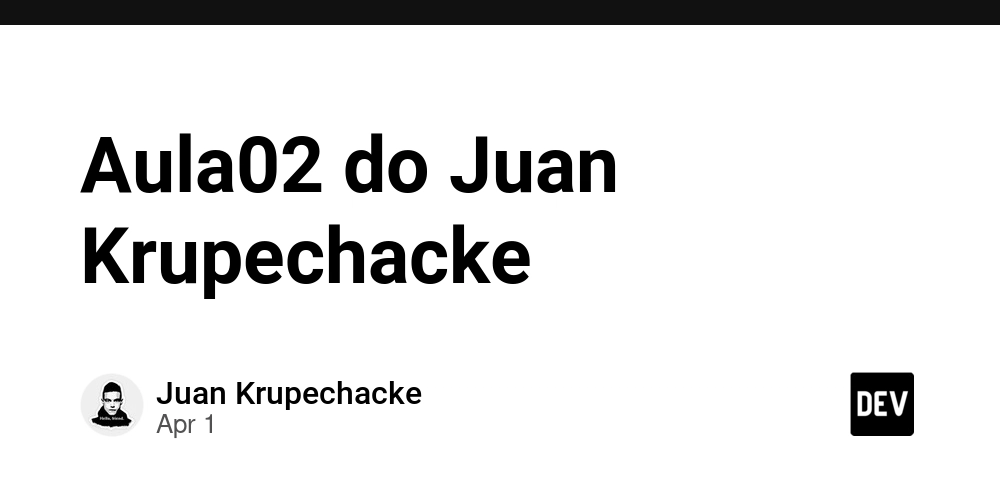

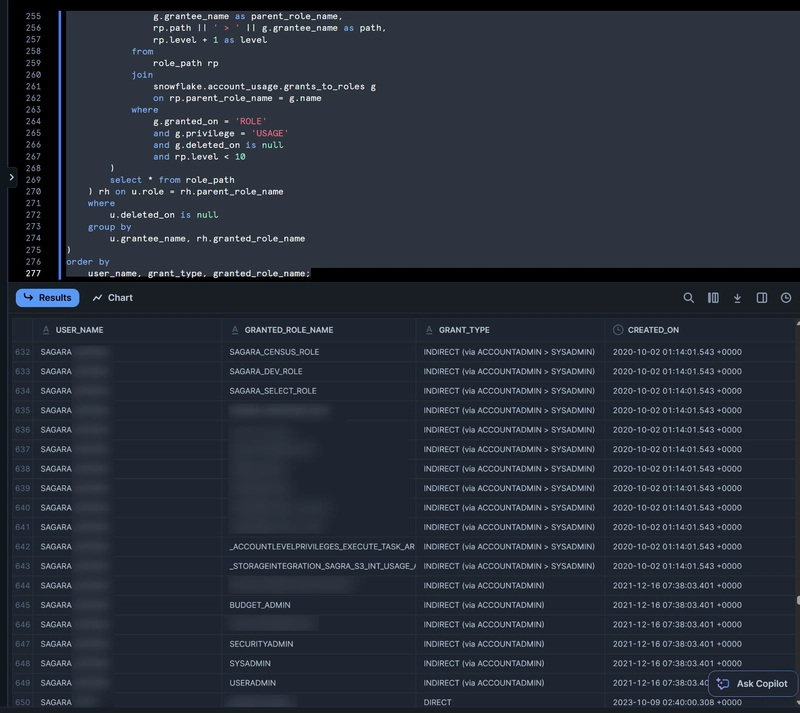




















![Is this a suitable approach to architect a flutter app? [closed]](https://i.sstatic.net/4hMHGb1L.png)


















![From broke musician to working dev. How college drop-out Ryan Furrer taught himself to code [Podcast #166]](https://cdn.hashnode.com/res/hashnode/image/upload/v1743189826063/2080cde4-6fc0-46fb-b98d-b3d59841e8c4.png?#)






























































































